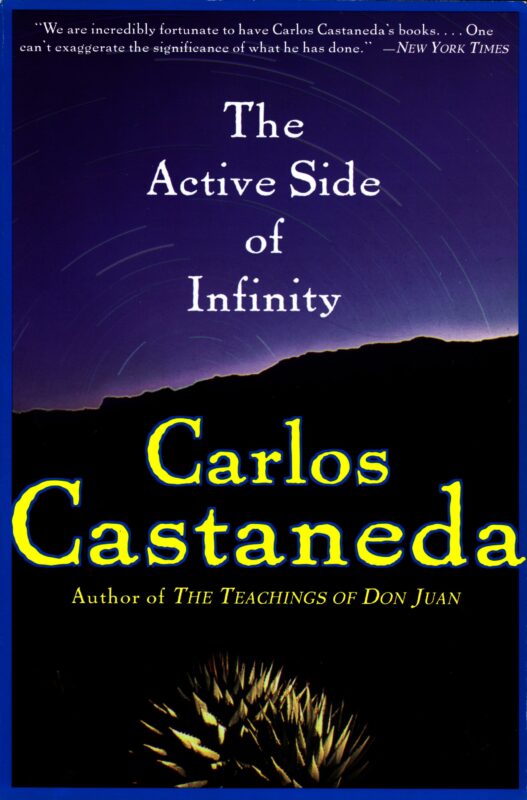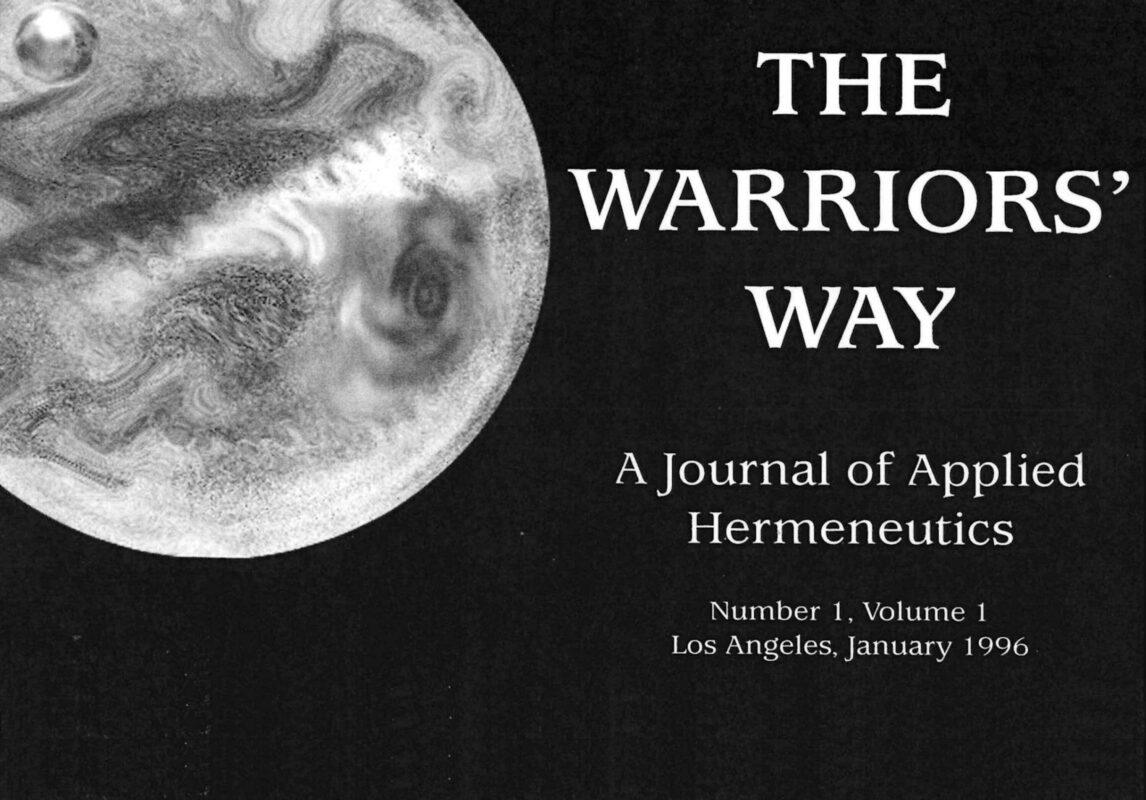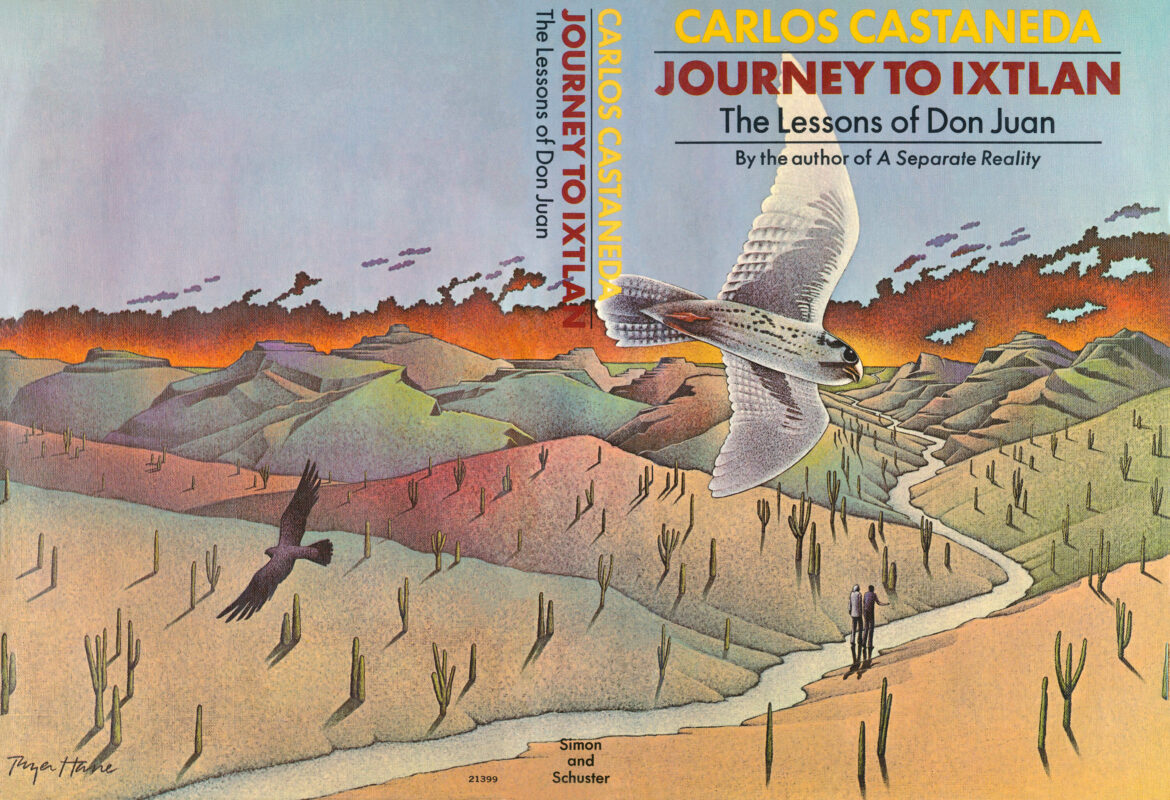The Active Side of Infinity – A Tremor in The Air: A Journey of Power
In this chapter, Carlos Castaneda recounts the events leading to his first meeting with don Juan Matus. Initially, his academic ambitions to conduct fieldwork on medicinal plants are dismissed by his anthropology professors as outdated and irrelevant. Feeling defeated, Castaneda is persuaded by his friend and fellow anthropologist, Bill, to join him on a road trip through Arizona and New Mexico. During their journey, Bill reveals a hidden, personal side, sharing unsettling and unexplainable stories of his encounters with shamans who could transform or appear as apparitions, which deeply affects Castaneda. The trip culminates at a bus depot in Nogales, where Bill points out a mysterious old man he believes to be a powerful sorcerer. Acting on a strange impulse, Castaneda confronts the man, who introduces himself as Juan Matus and cryptically invites him for a future meeting before vanishing onto a bus. This brief, powerful encounter leaves Bill jealous and perplexed, and instills in Castaneda a profound and unfamiliar sense of longing and anxiety.
The Active Side of Infinity – A Tremor in The Air: A Journey of Power Read More »


